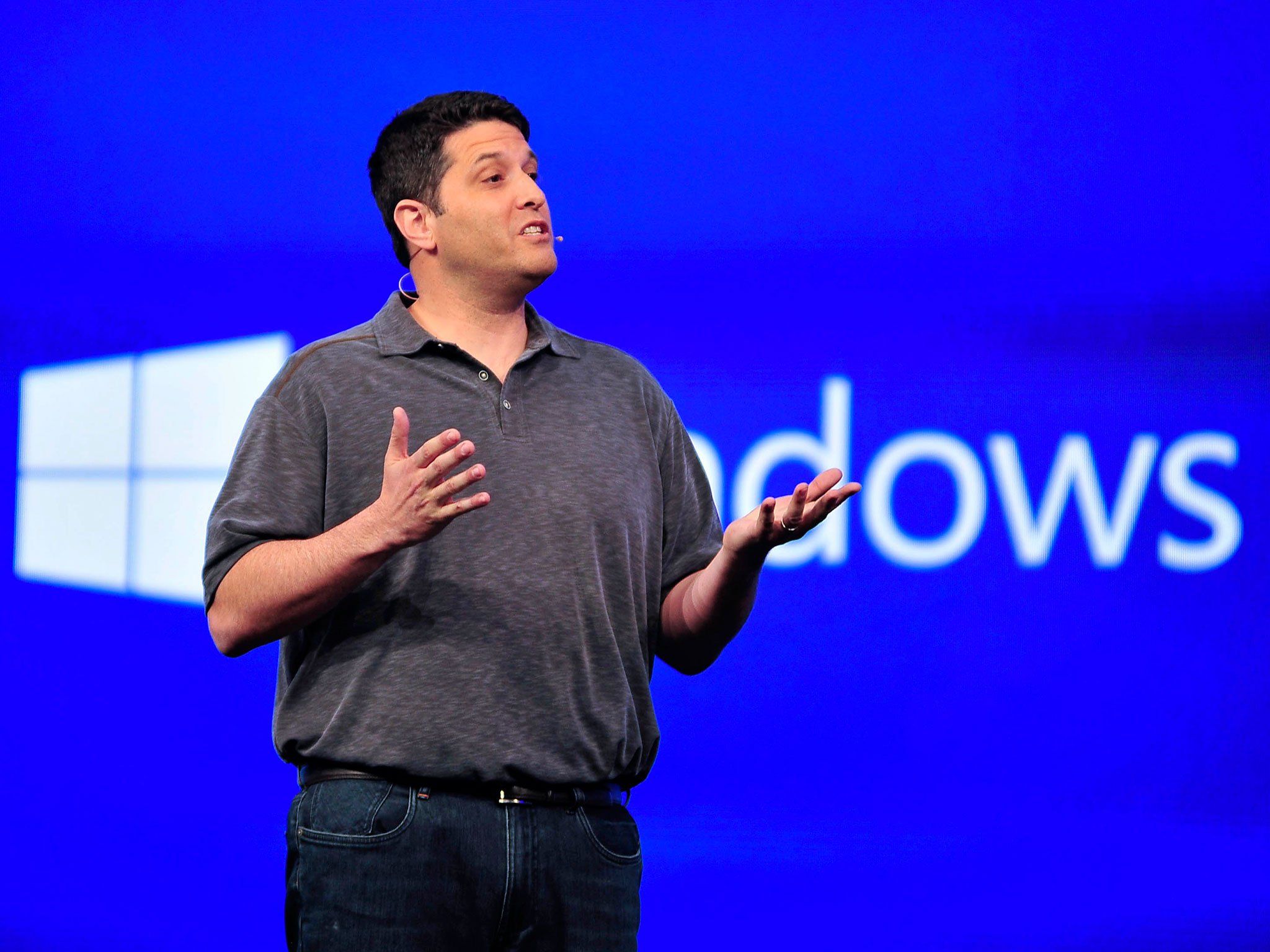Microsoft's Operating Systems Group reportedly affected "immediately" by layoffs

A new report claims that today's announcement of 18,000 upcoming job cuts at Microsoft will affect the company's Operating Systems Group, led by Terry Myerson, "immediately and directly" as the division makes some organizational changes that are already in place in other parts of Microsoft.
Myerson was put in charge of the division, which develops the Windows, Windows Phone and Xbox operating systems, a year ago when former Microsoft CEO Steve Ballmer announced his own changes at the company, which did not involve layoffs. ZDNet's long time Microsoft watcher Mary Jo Foley states, via her unnamed sources at Microsoft, that the changes announced today by current CEO Satya Nadella will cause the Operating Systems Group to alter its current product management/development/software organizational structure.
What does this mean? Foley has heard that some Windows engineers, "primarily dedicated testers" will be let go as part of the layoffs announced today and that product managers and development engineers could take over some of those testing responsibilities. The idea is that this should make the OS team both leaner as well as have them work faster instead of releasing new products in two or three year cycles. Microsoft is rumored to be developing the next version of Windows, code named Threshold, for a launch sometime in the spring of 2015.
In addition, a number of Microsoft's sales and marketing employees will be affected by the layoffs. Foley writes that, according to an internal email sent out by Microsoft's chief operating officer Kevin Turner today, the plan is to "reduce our reliance on contingent staff augmentation by over 20 percent year-over-year." In fact, she writes that the layoffs will have some effect on all of Microsoft's divisions.
In related news, the Seattle Times reports that about 1,351 of Microsoft's job cuts will come from its headquarters in Redmond, Washington and the surrounding area. That will affect just three percent of the 43,000 Microsoft team members who work in the region.
Source: ZDNet, Seattle Times
All the latest news, reviews, and guides for Windows and Xbox diehards.

John Callaham was a former contributor for Windows Central, covering Windows Phone, Surface, gaming, and more.
